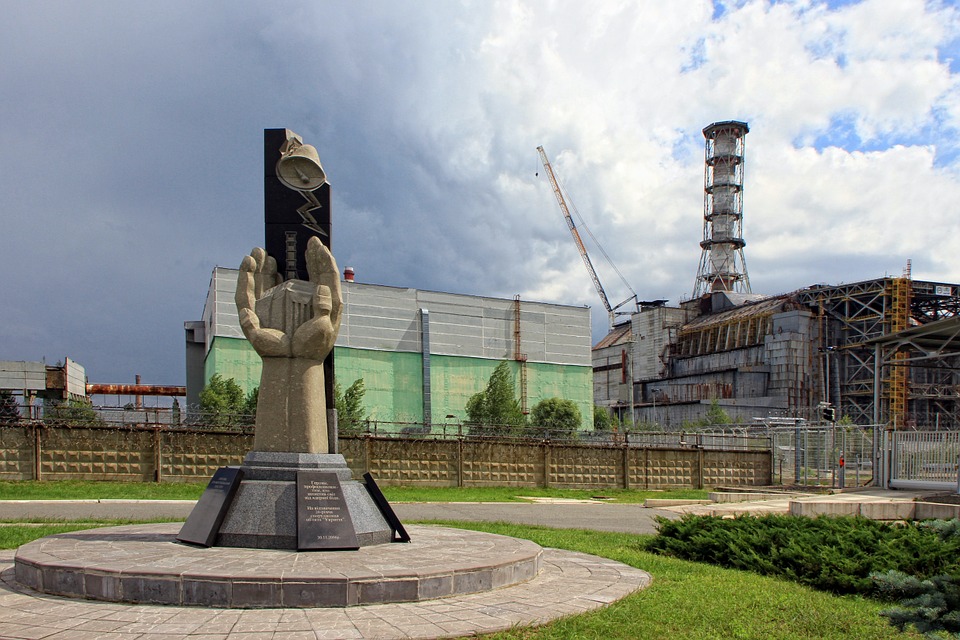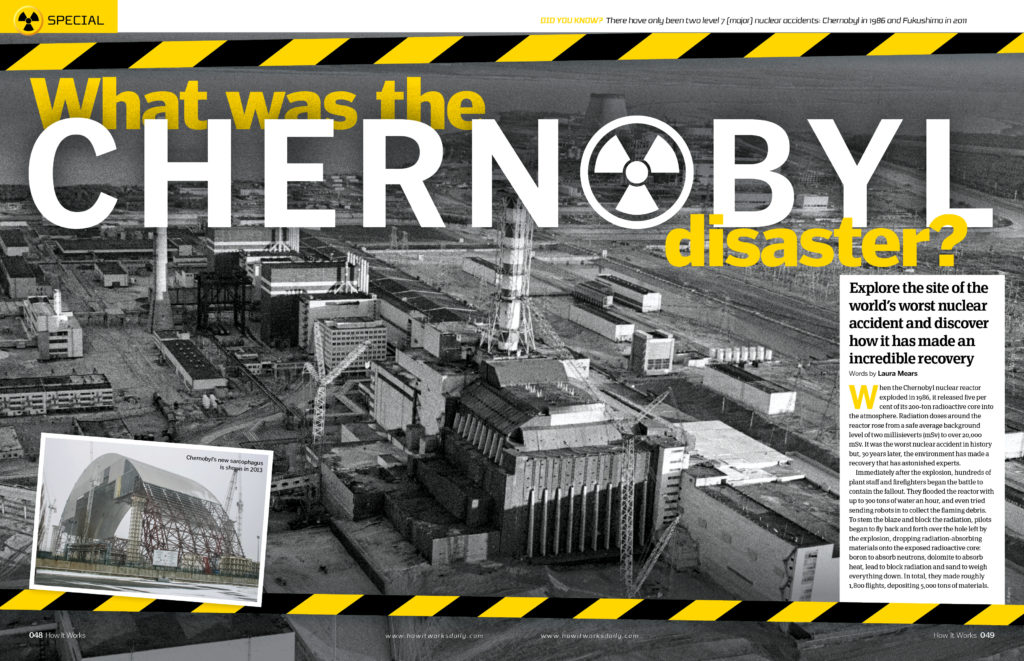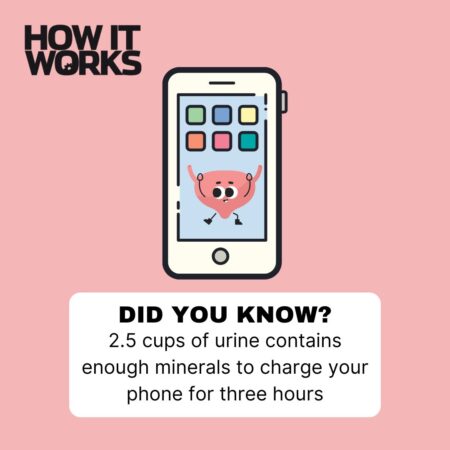What was the Chernobyl disaster?
by Scott Dutfield · 06/06/2019

Explore the site of the world’s worst nuclear accident and discover how it has made an incredible recovery
When the Chernobyl nuclear reactor exploded in 1986, it released five per cent of its 200-ton radioactive core into the atmosphere. Radiation doses around the reactor rose from a safe average background level of two millisieverts (mSv) to over 20,000 mSv. It was the worst nuclear accident in history but, 30 years later, the environment has made a recovery that has astonished experts.
Immediately after the explosion, hundreds of plant staff and firefighters began the battle to contain the fallout. They flooded the reactor with up to 300 tons of water an hour, and even tried sending robots in to collect the flaming debris. To stem the blaze and block the radiation, pilots began to fly back and forth over the hole left by the explosion, dropping radiation-absorbing materials onto the exposed radioactive core: boron to absorb neutrons, dolomite to absorb heat, lead to block radiation and sand to weigh everything down. In total, they made roughly 1,800 flights, depositing 5,000 tons of materials…
For more science and technology articles, pick up the latest copy of How It Works from all good retailers or from our website now. If you have a tablet or smartphone, you can also download the digital version onto your iOS or Android device. To make sure you never miss an issue of How It Works magazine, subscribe today!





